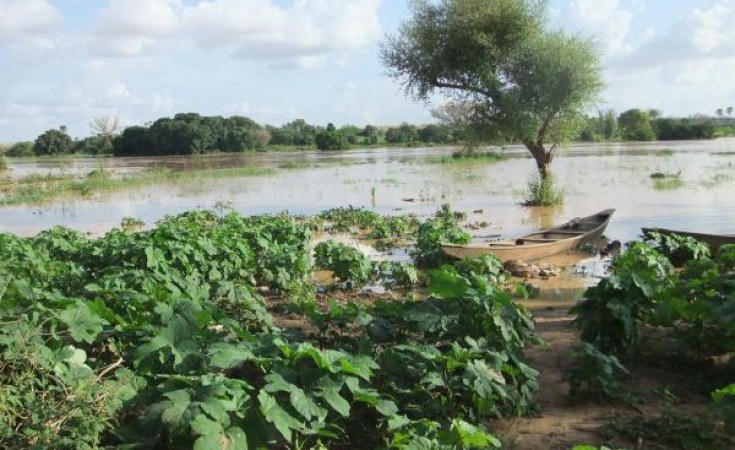Intense flooding caused by heavy rains has devastated Niger since June, killing 339 people and displacing over 1.1 million, authorities say.
The extreme weather destroyed homes, wiped out livestock and depleted food supplies, with the capital Niamey among the hardest-hit areas.
This year's floods have been far more destructive than previous years, with some regions seeing up to 200 percent more rainfall, according to the national meteorological agency.
Floods are not uncommon in Niger, where the rainy season lasts from June to September, but the scale of devastation is unprecedented.
The torrential downpours have also destroyed a historic mosque in Zinder, the nation's second-largest city. The mosque, built in the mid-19th century, was an iconic structure in the Muslim-majority country.
The flooding has pushed the government to postpone the start of the school year until late October, as many schools have been damaged and some are sheltering displaced families.
Why winning the climate fight in Africa is a win for the world
Extreme weather pattern
The worsening floods are part of a broader pattern of extreme weather events across the Sahel linked to climate change.
Scientists have warned that the increase in carbon emissions from fossil fuels is driving longer, more intense rainy seasons in countries like Niger.
In 2022, 195 people died in similar conditions. Efforts to mitigate the impact of such floods have become increasingly urgent.
Meanwhile neighbouring Mali is also facing its own disaster, with over 40 people killed and thousands displaced.
The government has called on the international community for help, requesting €4.5 million to address material damage and prevent health risks.


